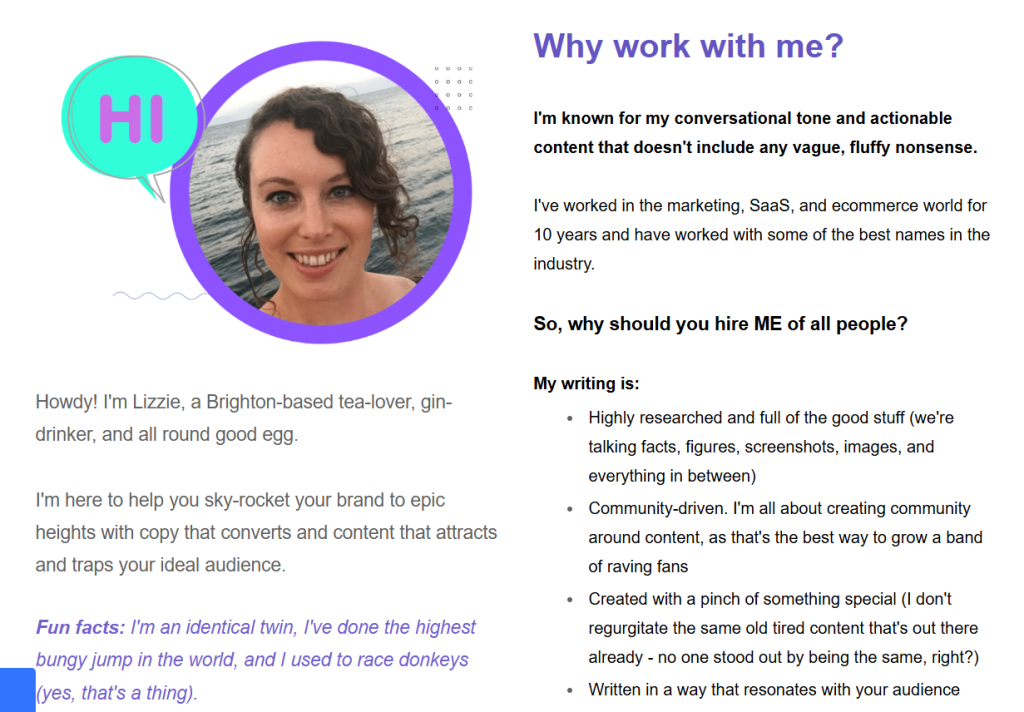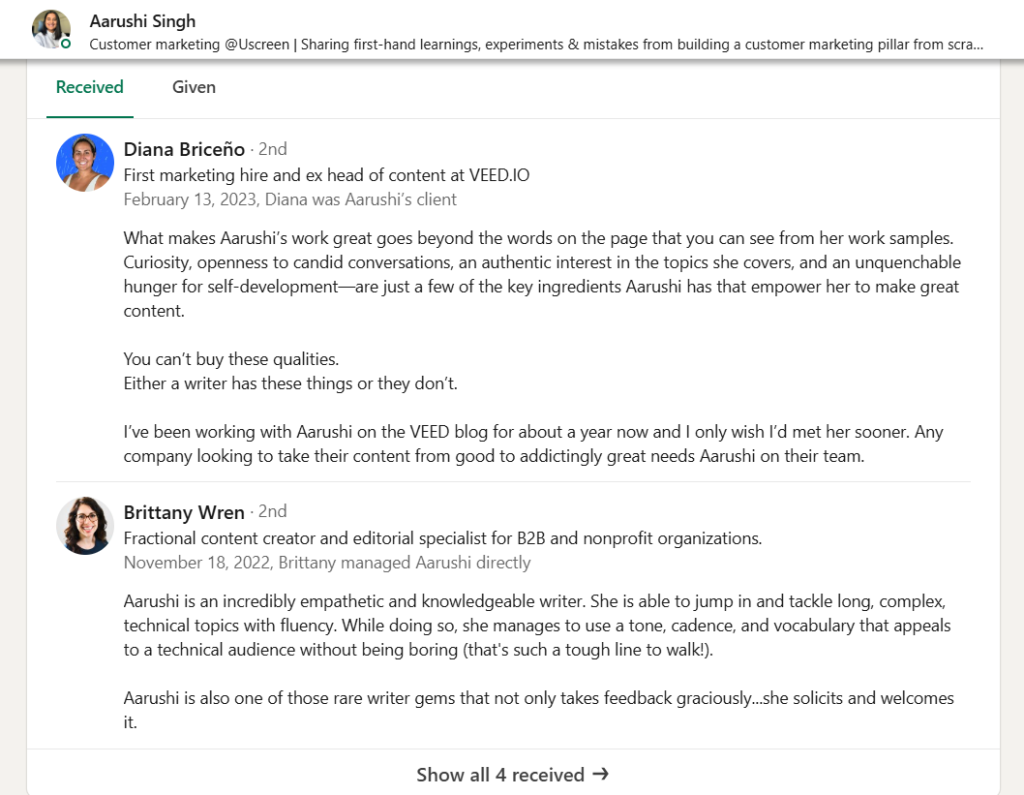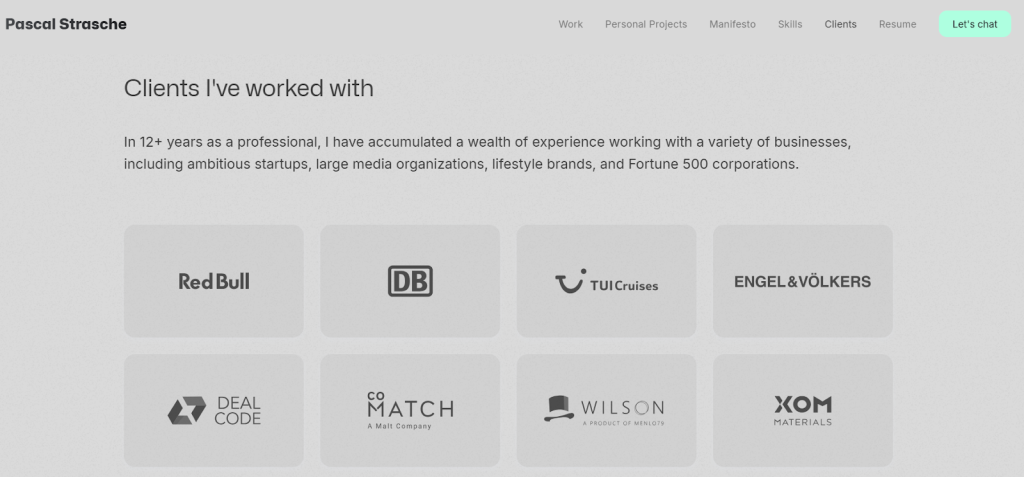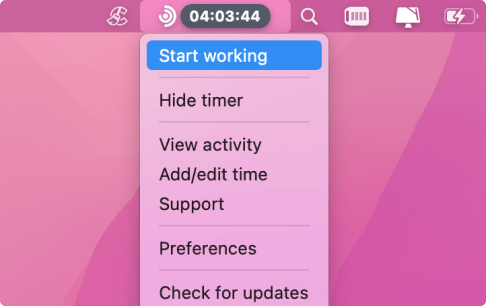
“Your work is your passport.” – This is especially true in the world of remote jobs.
But let’s be real—landing a great remote job isn’t just about having skills. It’s about showing them off the right way. Employers scan dozens (sometimes hundreds!) of portfolios daily. If yours doesn’t stand out, it gets ignored.
Maybe you’re unsure how to structure your portfolio. Or you don’t know what projects to include. Or you’re worried you don’t have “enough” experience. You’re not alone. Many remote job seekers struggle with this. This guide will show you exactly how to build a remote work portfolio that makes employers say, “We need this person on our team!” No fluff. No vague advice. Just actionable tips that will get you hired.
Why Does a Remote Work Portfolio Matter?
Because your resume isn’t enough.
In remote jobs, employers can’t meet you in person. They judge you entirely by what you show online. A strong portfolio proves you’re skilled, reliable, and ready to work without hand-holding.

Here’s why you must have one:
- Remote jobs are competitive. 59% of companies now hire remote workers, but millions are applying. A solid portfolio helps you stand out.
- Proof beats promises. Saying you’re “great at design” or “an expert writer” means nothing. Showing real work builds trust instantly.
- Clients want confidence. Employers won’t risk hiring someone who might deliver. They want to see proof you already have.
Your portfolio is your ticket to better jobs, higher pay, and long-term success.
Key Elements of an Effective Remote Work Portfolio
A strong portfolio isn’t just a collection of work—it’s your proof of expertise. Here are three things you cannot ignore:
- Clarity and Structure – If your portfolio is messy, employers won’t bother. Keep it simple, organized, and easy to navigate.
- Authenticity and Originality – No cookie-cutter profiles. Show your unique skills and personality so employers remember you.
- Evidence of Work and Testimonials – Words mean little without proof. Show real projects, results, and client feedback to build trust instantly.
Where Can You Create & Host Your Remote Portfolio?
You need a place where recruiters can easily find, explore, and contact you. Here are some of the best platforms to host your portfolio:
For general portfolios (writers, designers, developers, marketers, etc.):
- Notion – Super simple, customizable, and perfect for beginners.
- Carrd – A one-page portfolio builder that’s fast and easy.
- Wix – Drag-and-drop builder with beautiful templates.
- Squarespace – Great for visual-heavy portfolios (like photography or design).
- WordPress – More flexible, best if you want a personal blog alongside your portfolio.
- Behance – Best for graphic designers, UI/UX designers, and artists.
- Dribbble – Perfect for showing off design work in a visually appealing way.
- GitHub Pages – Best for showcasing coding projects.
- CodePen – Ideal for front-end developers to share live coding snippets.
If you’re a freelancer looking for remote clients, you can host your portfolio on:
- LinkedIn (Featured section) – Add portfolio links to your profile.
- Fiverr / Upwork profiles – If you freelance, make your portfolio part of your gig listing.
Now, let’s make your portfolio irresistible.
9 Tips To Make Your Remote Work Portfolio Irresistible to Employers
Here’s how to make a remote work portfolio that grabs attention and builds trust fast. Let’s go step by step.
Write a Killer Bio that Grabs Attention
Your bio is the first thing employers see. If it’s boring, vague, or too long, they will move on. A great bio makes them want to know more about you.
Here’s what a great bio should have:
- Start with a strong hook – Think of your bio like a Twitter post. It should be short, catchy, and packed with personality.
- Highlight your expertise – What do you do best? Be specific. Instead of “I’m a content writer,” say “I help SaaS brands drive traffic with SEO-driven content.”
- Show your impact – Use numbers if possible. Example: “Generated $50K in revenue for clients through strategic email campaigns.”
- Keep it human – Add a personal touch. A fun fact or a passion makes you memorable.
Here is a fantastic example of a standout remote work portfolio bio by Lizzie Davie, a freelance content writer. It’s engaging, clear, and full of personality.

The intro is warm and relatable. It feels like a real conversation, not just a formal introduction. She immediately states what she does: help brands with copy that converts.
The “Why work with me?” section builds authority by mentioning experience, expertise, and unique selling points. She backs up her skills with real differentiators—highly researched writing, community-driven approach, and originality.
Use this bio on LinkedIn, your portfolio website, and even Twitter/X. Make it your digital elevator pitch.
Create a “Before vs. After” Project Breakdown
Employers don’t just want to hear about your skills. They want to see the impact of your work. That’s why a before vs. after project breakdown is a great way to prove you’re not just “good at what you do”—you get results.
You can showcase your work transformation in three ways:
1. Simple text format
- Before: “The client’s website had a 1.2% conversion rate and lacked engaging copy.”
- After: “After my website revamp, their conversion rate increased to 4.8%, leading to 3x more sales.”
2. Side-by-side visuals
Use screenshots, charts, or graphics to show improvements (e.g., website redesigns, branding changes, analytics reports).

This is a screenshot from Khushi Lulla’s portfolio. Khushi, a writer and strategist, effectively uses side-by-side visuals to demonstrate how her content strategy improved performance.
Numbers don’t lie—this is exactly how you prove results to potential employers!
3. Case study format
Problem → Solution → Results
Example: “Client X struggled with low engagement on social media. I optimized their content strategy, leading to a 150% increase in interactions within 2 months.”
If you lack client projects, use personal or mock projects. Show how you identified a problem and the steps you took to solve it, emphasizing the results achieved.
Add Social Proof to Boost Credibility
Think about it—when you shop online, do you buy a product without checking the reviews? Probably not. Employers do the same when hiring.
If they see proof that others trust your work, they will trust you too. That’s where social proof comes in.
The different types of social proof you can add to your remote work portfolio include:
- Client testimonials – Ask past clients to write a short review of your work. Even a one-liner works!

Oluwaseun highlights powerful client testimonials in his portfolio, making it clear why people love working with him. Short yet impactful, these reviews reinforce the writer’s expertise, research skills, and ability to deliver high-quality content.
To ask for such testimonials, here’s a template you can use to send to your clients:
Hey [Client Name],
I really enjoyed working on [Project Name] with you! If you’re happy with my work, would you mind writing a 1-2 sentence testimonial about your experience? No pressure at all—just something simple like how my work helped your business or what you liked about working with me.
Appreciate it a lot!
Best,
[Your Name]
- LinkedIn recommendations – A well-written LinkedIn recommendation can make a huge difference in your profile. Ask past employers or colleagues to leave one.
Check out these glowing recommendations from Aarushi Singh’s LinkedIn profile.

These detailed reviews highlight her expertise, adaptability, and work ethic, making her stand out to potential employers.
- Screenshots of praise – Did a client send you a thank-you email, DM, or comment? Screenshot it and add it to your portfolio!

Yashita, a brand agency owner, includes video testimonials and words of praise from clients, reinforcing trust and credibility.
She takes it a step further by linking this testimonial to a full case study on Behance—a brilliant way to showcase both client feedback and real work results.
- Logos of past clients – Worked with well-known brands or startups? Add their logos to your portfolio for instant credibility.

Here is a screenshot from Pascal Strasche’s (a freelance product designer) portfolio. By showcasing well-known brands, Pascal reinforces trust and makes a strong first impression on potential clients.
Make a Strong First Impression with a Video Introduction
A short video introduction can instantly grab attention, build trust, and make you memorable to employers.
If an employer has two equally skilled candidates, but one has a warm, engaging video, they will definitely remember the one with a video.
You can add a video introduction not just in your portfolio but also in:
- LinkedIn featured section – Upload it as a LinkedIn post and pin it.
- Job applications – Some platforms let you attach a video resume.
- Cold pitches to clients – Instead of just text, include a personalized video in your email.
Here are some tips to create a killer video introduction:
Step 1: Keep it short (30-60 seconds max). No one wants to watch a long speech. Be clear and concise.
Step 2: Script it, but don’t sound scripted. Write a loose outline so you stay on track, but sound natural.
Step 3: Cover these 4 key points:
- Who you are (“Hey, I’m [Your Name], a [Your Profession].”)
- What you do best (“I specialize in [Skill 1] and [Skill 2].”)
- Why employers should hire you (“I’ve helped [clients/brands] achieve [specific results].”)
- Call to action (“Let’s connect—I’d love to work with you!”)
Step 4: Use good lighting and sound. Natural light or a simple ring light works wonders. Use a mic (even earbuds with a mic are better than laptop audio).
Also, if you have background noise, or you just don’t like how you sound, you can use an AI voice changer. It will enhance your voice quality, remove background noise, or even swap your voice with a polished AI version in seconds!
Step 5: Smile and be yourself. People hire people they like, so relax, smile, and let your personality shine.
Highlight Your Remote Work Skills to Show You’re Job-Ready
In today’s job market, showcasing your ability to excel in a remote setting is crucial. With 20% of the workforce now working remotely, employers seek candidates who possess the right skills to thrive outside a traditional office.
Employers want to know if you can manage time, communicate effectively, and stay productive without supervision.
The essential remote work skills employers look for:
- Time management and self-discipline: Employers need to trust that you can stay on track without constant check-ins.
- Proficiency with remote collaboration tools: Experienced in using Slack, Zoom, and Asana to coordinate with international teams.
- Strong written and verbal communication: Led virtual meetings and maintained clear email correspondence, ensuring team alignment.
- Problem-solving and initiative: Remote work means figuring things out on your own. Share a case where you solved an issue without waiting for guidance.
Make Your Portfolio Stand Out with Interactive Elements
Recruiters spend less than 6 seconds scanning a portfolio. If it doesn’t grab their attention immediately, they move on. Make your portfolio interactive to keep employers engaged.
Here are some interactive elements you can add to your remote work portfolio:
- Click-to reveal sections: Instead of overwhelming recruiters with too much text at once, use interactive buttons.
Example: A “Before & After” button that reveals results when clicked. - Live demos: If you’re a developer or designer, embed a live project that recruiters can interact with.
Example: A web designer can showcase an animated site instead of just images. - Video clips: Short walkthrough videos explaining your projects make it easier for recruiters to understand your work quickly.
Example: Here’s a 30-second demo of how I optimized this website’s UX to boost conversions. - Hover effects and animations: Small interactive animations or hover effects make a portfolio feel more modern and polished.
Example: A content writer can add a hover effect where testimonials appear when you hover over past projects. - Quizzes and calculators: If you’re into marketing, UX, or education, adding interactive quizzes shows creativity.
Example: A marketing consultant could add a “Find Your Ideal Content Strategy” quiz. - Clickable case studies: Instead of listing projects, create an interactive timeline or slideshow for case studies.
Example: A freelance SEO expert could add a step-by-step breakdown of how they improved a client’s rankings.
Bruno Simon, a creative developer, transformed his portfolio into an interactive 3D experience where visitors navigate a virtual world using a toy truck.
This unique approach not only showcases his skills but also provides an unforgettable user experience.
Showcase Your Best Work, Not Everything
Nobody wants to scroll through 20+ projects. A project without context is just a pretty picture.
If your portfolio feels cluttered, ask yourself: “If I could only show three projects to land my dream job, which ones would I pick?”
That’s your answer.
Here’s how to pick the right projects for your portfolio:
- Choose projects that align with your target job. If you want to be a UI/UX Designer, don’t include illustrations or print designs. Similarly, if you’re a copywriter, prioritize conversion-focused case studies over generic blog posts.
- Pick projects that show real results. As said before, employers love impact. Choose work that shows before-and-after improvements, metrics, or client testimonials.
- Balance different types of works (but keep it cohesive). For example, if you are a freelance copywriter, you can include:
A high-converting landing page (proves copywriting skills)
A thought leadership blog post (shows depth and expertise)
A case study (demonstrates storytelling + results) - Only show work you’re proud of. A few high-quality projects make a bigger impact than a messy, unfocused portfolio. If you’re not excited to share it, don’t include it.
Also, it is equally important to organize your portfolio for maximum impact. If you work in multiple fields (e.g., UX design & branding), group similar projects together.
Add a one-liner description for each project:
- What was the problem?
- What did you do?
- What was the outcome?
The purpose is for employers to find your best work within seconds.
Make It Easy for Recruiters to Contact You
You’ve put in the work—your portfolio is polished, impressive, and filled with great projects. But if recruiters struggle to contact you, you’re losing opportunities.
To be precise, don’t make them dig for your email. Make it effortless.
The best place to keep your contact info is at the top and bottom of your profile. Use a “Contact Me” button that stands out.
Also, include:
- Your email (Professional, like yourname@yourdomain.com)
- LinkedIn profile (So they can connect with you directly)
- Calendly/booking link (For easy calls, if applicable)
And because most recruiters are actively searching for candidates on LinkedIn for remote jobs, optimize your LinkedIn for easy contact. Turn on ‘’Open to Work’’ so recruiters can message you. Add a clear “Email me at…” section in your LinkedIn About page as well.
Update & Optimize Your Portfolio Every 3 Months
Your portfolio is not a one-time project. It’s a living document that should evolve as you grow.
If your portfolio still features old projects, outdated skills, or dead links, you’re missing out on opportunities.
It is ideal to set a reminder every 3 months to check and update your portfolio. Ask yourself:
- Does this still represent my best work?
- Are my contact details up to date?
- Do I need to add new testimonials or skills?
A great portfolio grows with you. Keep it fresh, and it will keep landing you jobs.
Your Dream Remote Job is Closer Than You Think
That’s it—your ultimate remote work portfolio guide is complete!
Look, building a killer remote work portfolio isn’t rocket science. But it does take effort.
You now have everything you need—the right structure, the right strategies, and the exact steps to stand out from the competition.
Now, here’s what you need to do next:
- Step 1: Open your portfolio right now.
- Step 2: Fix what’s missing. Apply these tips one by one.
- Step 3: Hit publish and start sharing it everywhere—LinkedIn, job boards, Twitter, and cold emails.
So go build that irresistible remote portfolio and let it do the heavy lifting for you.
